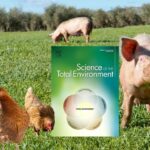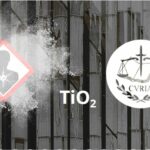
AVICENN’s investigation on IKEA’s “air purifying” curtains (2019-2021)
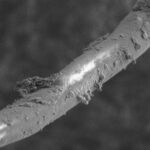
By the AVICENN team – Last modification April 2022
AVICENN’s investigation on IKEA’s “air purifying” curtains (2019-2021)
AVICENN had the curtains tested: they contained nanoparticles of titanium dioxide and had no depolluting action. In May 2021, IKEA removed them from the market.
Below is the chronology of our investigation.
February 2019: IKEA announces the marketing of “depolluting” curtains
In February 2019, the IKEA retailer launched a campaign to promote future “air purifying” curtains.
March 2019: AVICENN’s first attempts to find out if Gunrid curtains contain titanium dioxide nanoparticles…
As soon as we heard about this announcement, Avicenn asked the famous Swedish company:
- Are these curtains treated with titanium dioxide nanoparticles (for the photocatalytic effect shown)?
- If so, before marketing these curtains (and other textile products thereafter) treated to purify the air, what attention was paid to the risks associated with titanium nanoparticles? Were precautions taken to ensure the safety of the product throughout its life cycle? And what is its real added value compared to simple recommendations, which are certainly less innovative but probably more efficient and less risky (in particular limiting emissions at source and airing the home for 10 minutes a day)?
AVICENN had already noticed before that some professional textiles (medical in particular) could be treated with nanoparticles of titanium dioxide. If this type of textiles were marketed by a brand like IKEA, the change of scale would be very important, with production and diffusion on an international scale with a much greater exposure for workers, consumers and eco-systems…
Our questions to the head office went unanswered.
… followed by reactions from UFC Que Choisir and France nature environnement
At the end of March, Fabienne Maleysson, from UFC Que Choisir, asked IKEA again and it replied on its twitter account:
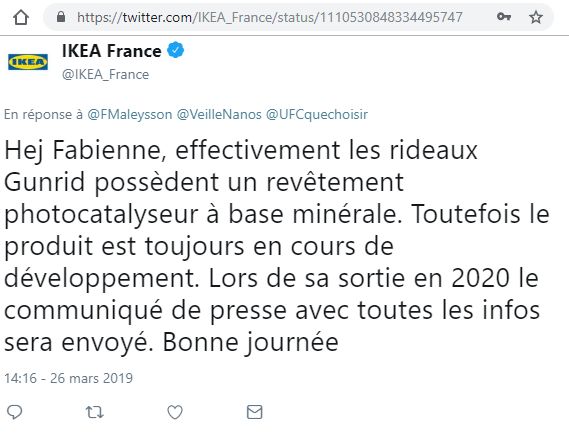
Thibault Leroux of France Nature Environnement, reacting on twitter, also questioned IKEA: “while, as a precaution, nanoparticles of titanium dioxide are to be banned from food, will we get some in our future air purifying curtains? An answer in 2020 is too late!
Heiq claims to be the supplier of the “depolluting” product used by IKEA… but was not totally transparent
In December 2019, a press release from the Swiss company Heiq informed us that they were providing the – as yet unspecified – process / substance. It is nonetheless a mineral and some of Dr. Bahnemann‘s works, mentioned at the end of the press release, do focus on TiO₂ nanoparticles.
In January 2020, Avicenn requested the composition of this product line from Heiq, who provided the following response:
Fresh AIR does not contain any nanoscale material. It contains a mineral-based microscopic photocatalyst which is not classified as hazardous by either the Dangerous Substances Directive (EU Directive 67/548 / EEC) or the more recent Classification Labeling and Packaging (CLP) Regulation (Regulation (EC) 1272 / 2008).
An answer that did not completely convince us, especially since TiO₂ had just been classified as a suspected human carcinogen (category 2) by inhalation…
In April 2020, IKEA acknowledged the presence of titanium dioxide in the curtains; Avicenn continued its investigation
In March 2020, unable to get a response from IKEA headquarters, Avicenn sought support from Swedish NGO ChemSec, which advocates for the reduction of toxic chemicals and has worked with IKEA before.
At the beginning of April 2020, ChemSec received confirmation from IKEA that the photocatalytic treatment applied to the curtains is indeed composed of titanium dioxide particles (without specifying if they were of nanometric size at this stage). The brand announced that it would soon publish a “question and answer” document on this new curtain – it was never published.
This did not stop IKEA from putting the curtains on the front page of the 2020/2021 catalog.
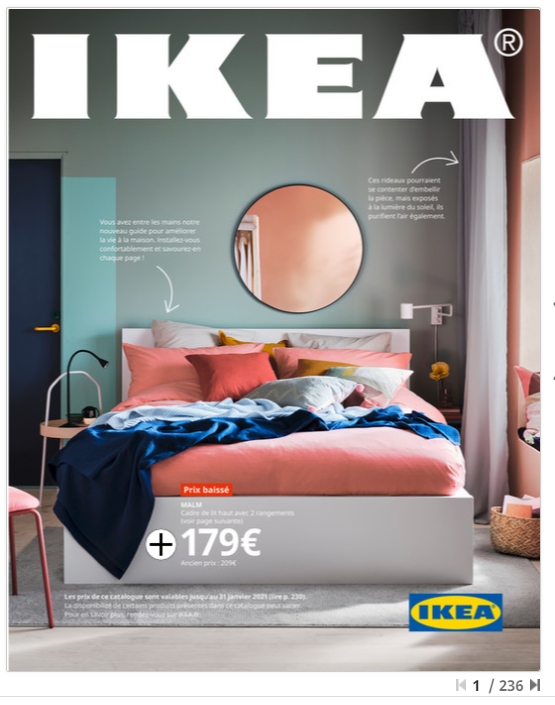
AVICENN wanted to be sure and had the product tested. In October 2020, the National Laboratory of Metrology and Testing (LNE) confirmed that the curtains were indeed coated with TiO2 nanoparticles (100% under 100 nanometers, with an average size of 5 nm). AVICENN then initiated other tests to know the depolluting efficiency of the curtains.
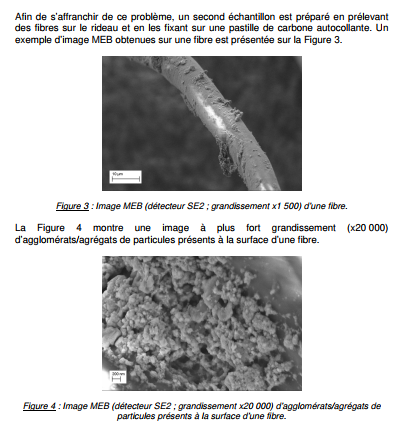
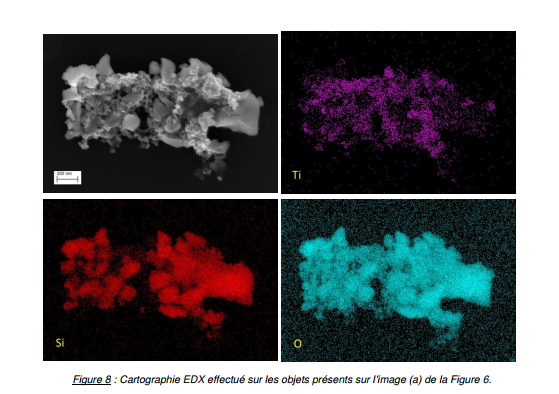
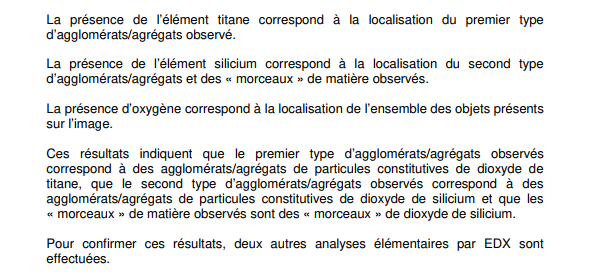
In May 2021, IKEA removed the curtains from sale
When in May, we wanted to order another pair for further testing, we discovered that the curtains were no longer available. This time, IKEA replied to our email: yes, the curtains were indeed withdrawn from sale, because they did not purify the air as expected.
At the end of May 2021, AVICENN asked (by email) whether IKEA would communicate publicly about this withdrawal and/or warn consumers who had already purchased them.
The media are talking about it
On June 11, 2021, still without a response from IKEA, AVICENN sent this time a more formal letter .
The magazine Que Choisir published an article on June 16, indicating that IKEA has not responded to their request either.
On July 7, 60 millions de consommateurs published an article after receiving the same response from IKEA that we had received in May, expressing concerns: “what would happen if, to protect ourselves from pollution, we started covering sofas, cushions, sheets, clothes with TiO₂?”
In July 2021, IKEA replied that tests would be conducted to get a third party opinion on the size of the particles and their potential release, stating that according to the information they had previously (before the LNE analysis), they believed that 90% of TiO2 particles were larger than 100 nm.
In December 2021, despite several reminders, IKEA had still not seen fit to send us the results of the expertise or to communicate publicly on the withdrawal of the GUNRID curtains, on the grounds that the latter, although ineffective in purifying the air (by IKEA’s own admission) were “in accordance with the laws and regulations in force” and could “be used safely as traditional curtains”.
In April 2022, The Guardian mentioned our investigation in an article entitled “Forget microplastics: we may have a much smaller problem”. AVICENN stressed that “we must ensure that nanos are only allowed for specific and essential uses in order to minimize negative effects at the source and [ensure that they] are not released in an uncontrolled manner”.
Any questions or comments? This information sheet compiled by AVICENN is intended to be completed and updated. Please feel free to contribute.
Other news on the topic
Our information sheets to go further
Upcoming Nano Agenda
- Spectacle Art & Science – When science changes as it passes from mouth to mouth
- A unique participatory experience centered on the human factory of knowledge, where two fascinating worlds meet: nanomedicine, with its nanoparticles and cellular nanovectors, and quantum physics, with its superimposed states and complex systems.
- Organizers: Centre National de Compétences en Nanosciences (C’Nano), in collaboration with the Commissariat à l’Énergie Atomique (CEA), the Institut Polytechnique de Paris (IPP) and the Centre National de la Recherche Scientifique (CNRS).
- Speakers: Florence Gazeau, academician, physicist, research director at CNRS, and Charles Antoine, PhD in physics, lecturer at Sorbonne University, and Albert Moukheiber, PhD in neuroscience.
- Location: Théâtre de la Ville
- Website: https: //www.theatredelaville-paris.com/…/rencontres/nano-rumeurs…
- 8th Congress of Occupational Medicine and Health (CNMST 2026)
- Theme 5: Emerging pathologies and risks, Mr Henri Bastos (ANSES), Pr Lynda Bensefa-Colas (AP-HP), Dr Catherine Nisse (CHU Lille)
- Website: www.medecine-sante-travail.com
- 20th meeting of the “nano and health” dialogue committee
- Organizer: ANSES
File originally created in March 2019
